THE WORLD’S MAJOR CITIES?
Researchers estimate that wind farms have the potential to produce up to 40 times the electricity the world consumes, but still they provide just 4% of the world’s electricity. However improved infrastructure and higher voltage cables have drastically reduced the price for wind power, and it is predicted that by 2040, a third of global power will come from wind and solar.
Use the sort by functions and take a look below to see how many offshore wind turbines are needed to power your city:
![]() km2 of offshore wind turbines required to power city
km2 of offshore wind turbines required to power city
Seoul
South Korea
10km
% of city area 620
offshore turbines needed 3,644
km2 of offshore turbines 3,752.9

Tokyo
Japan
10km
% of city area 485
offshore turbines needed 10,310
km2 of offshore turbines 10,620.5

New York City
United States
10km
% of city area 481
offshore turbines needed 3,687
km2 of offshore turbines 3,797.8

Osaka
Japan
10km
% of city area 336
offshore turbines needed 727
km2 of offshore turbines 748.2
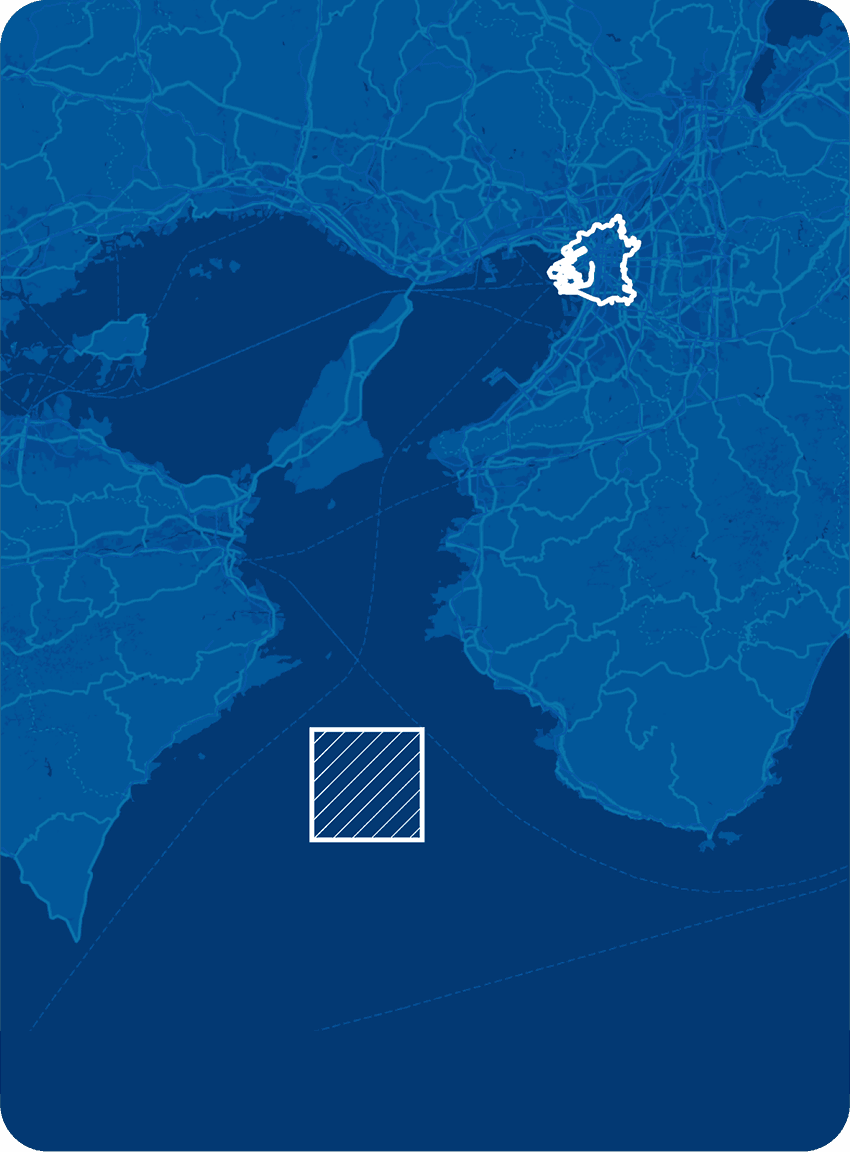
San Francisco
United States
10km
% of city area 308
offshore turbines needed 363
km2 of offshore turbines 373.2

Barcelona
Spain
10km
% of city area 301
offshore turbines needed 307.3
km2 of offshore turbines 299
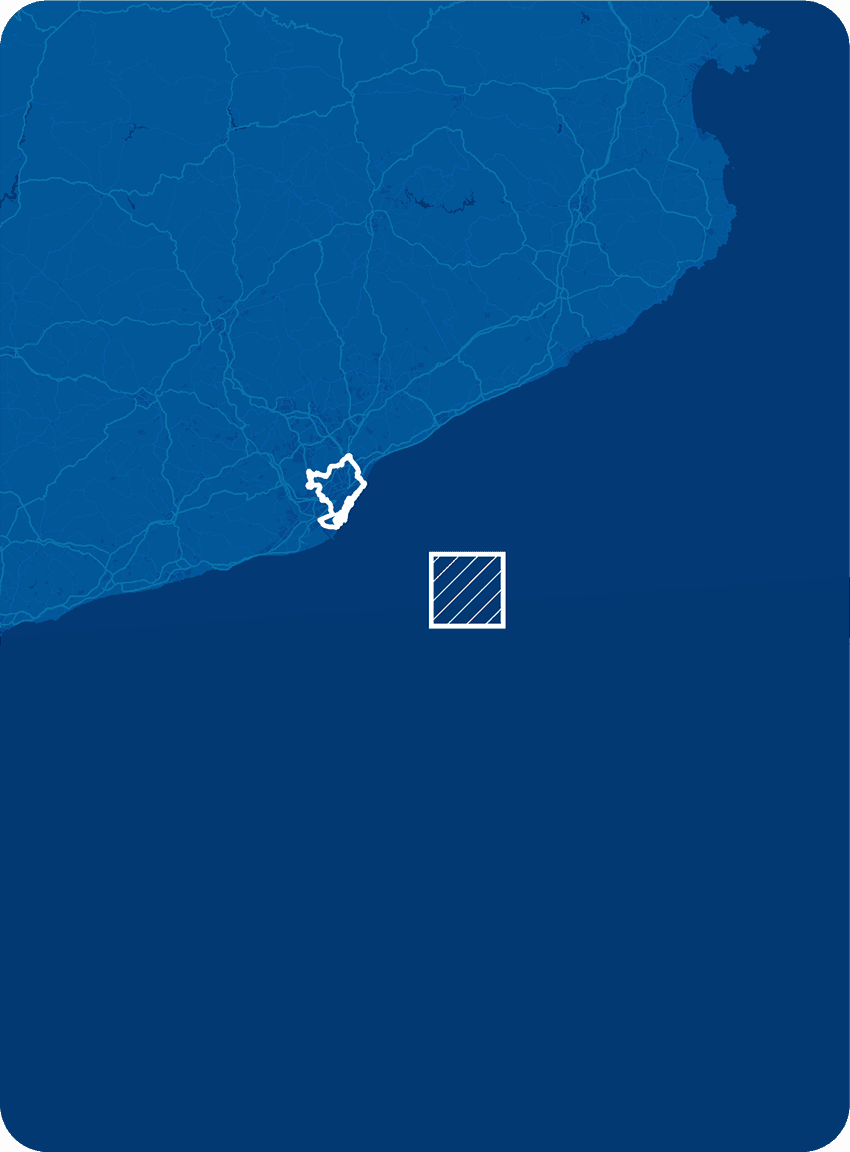
Singapore
Singapore
10km
% of city area 247
offshore turbines needed 1,725
km2 of offshore turbines 1,776.3

Toronto
Canada
10km
% of city area 241
offshore turbines needed 1,477
km2 of offshore turbines 1,521.0
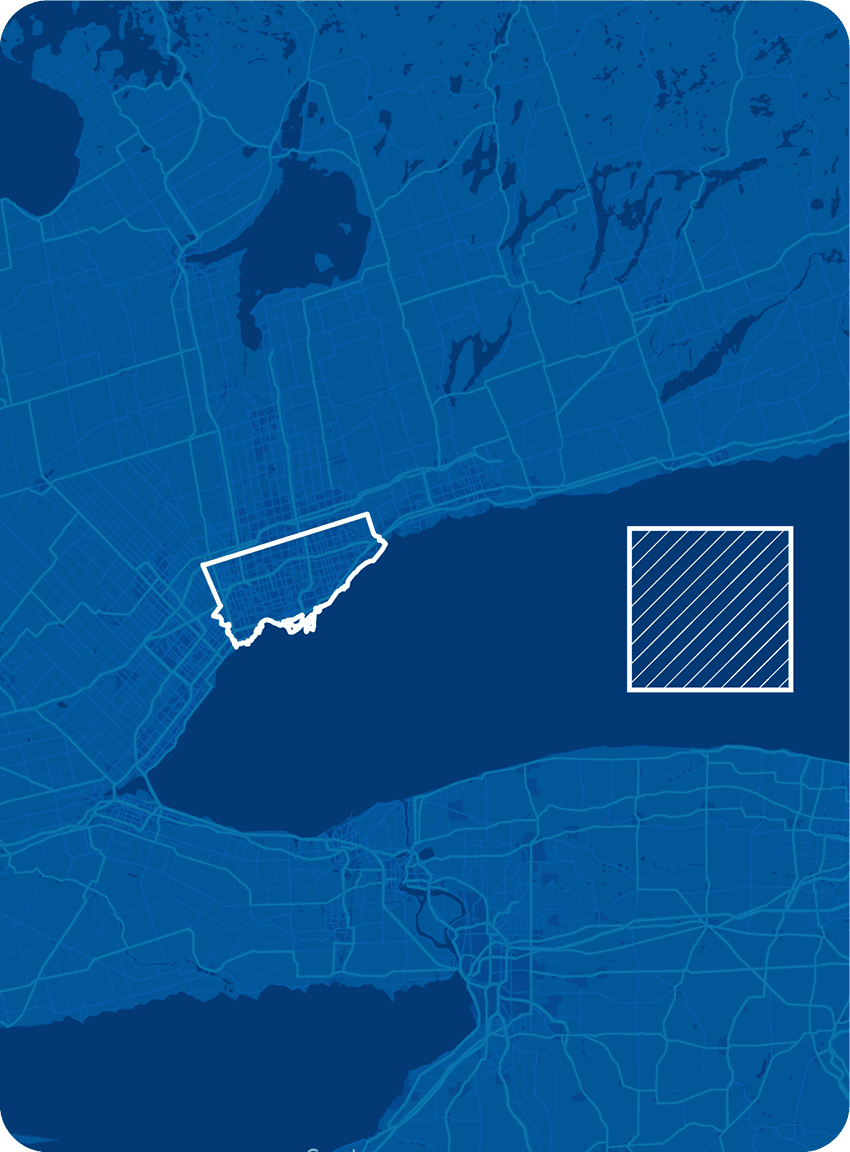
Chicago
United States
10km
% of city area 207
offshore turbines needed 1,216
km2 of offshore turbines 1,251.6

St. Petersburg
Russia
10km
% of city area 157
offshore turbines needed 1,066
km2 of offshore turbines 1,097.5
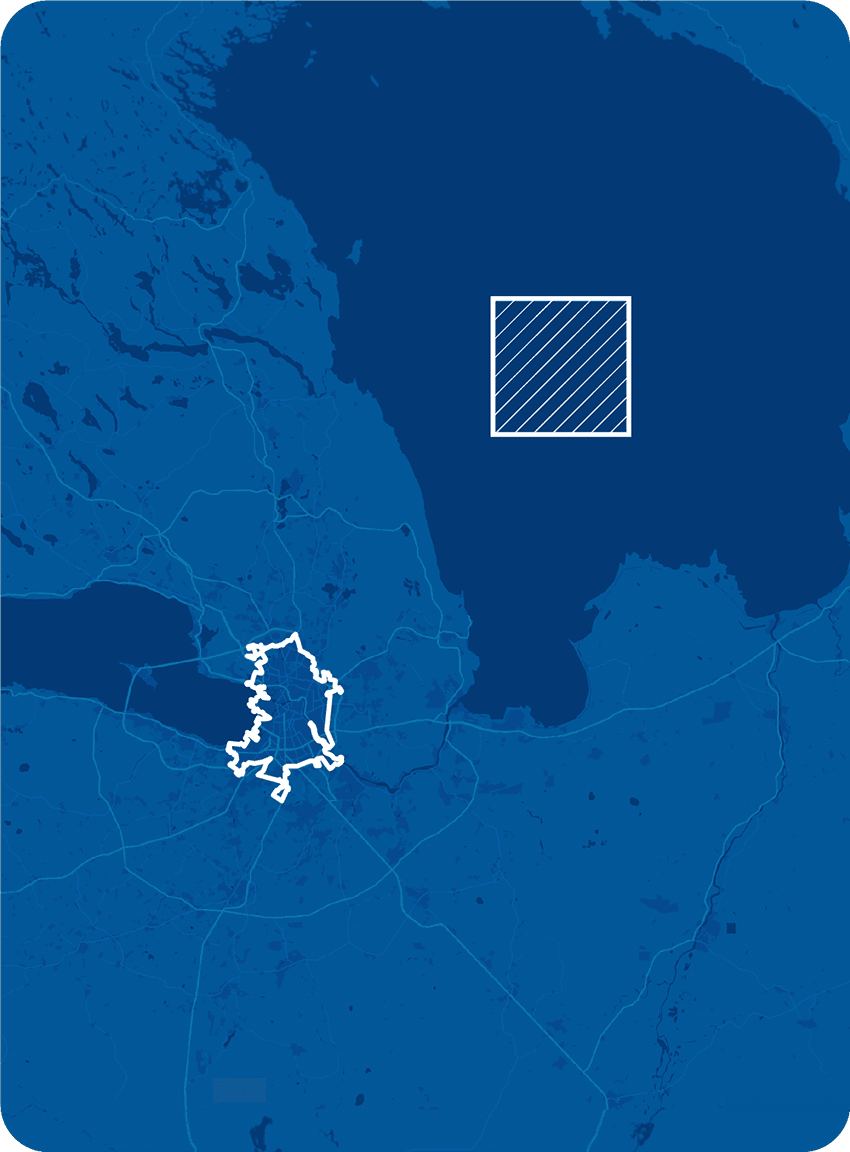
Hong Kong
Hong Kong (China)
10km
% of city area 145
offshore turbines needed 1,558
km2 of offshore turbines 1,604.1

Los Angeles
United States
10km
% of city area 144
offshore turbines needed 1,818
km2 of offshore turbines 1,872.1
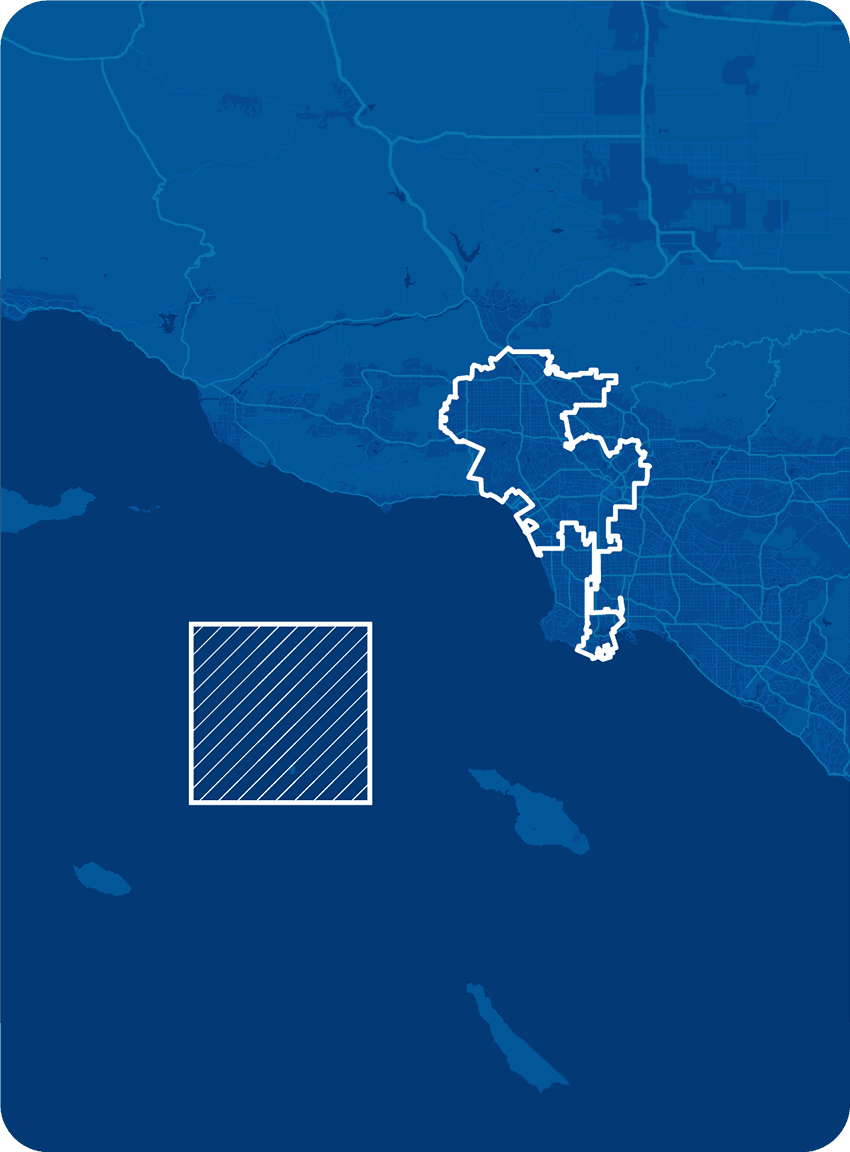
Milan
Italy
10km
% of city area 134
offshore turbines needed 238
km2 of offshore turbines 244.3

Kuala Lumpur
Malaysia
10km
% of city area 121
offshore turbines needed 286
km2 of offshore turbines 293.7

Istanbul
Turkey
10km
% of city area 112
offshore turbines needed 1,464
km2 of offshore turbines 1,507.3
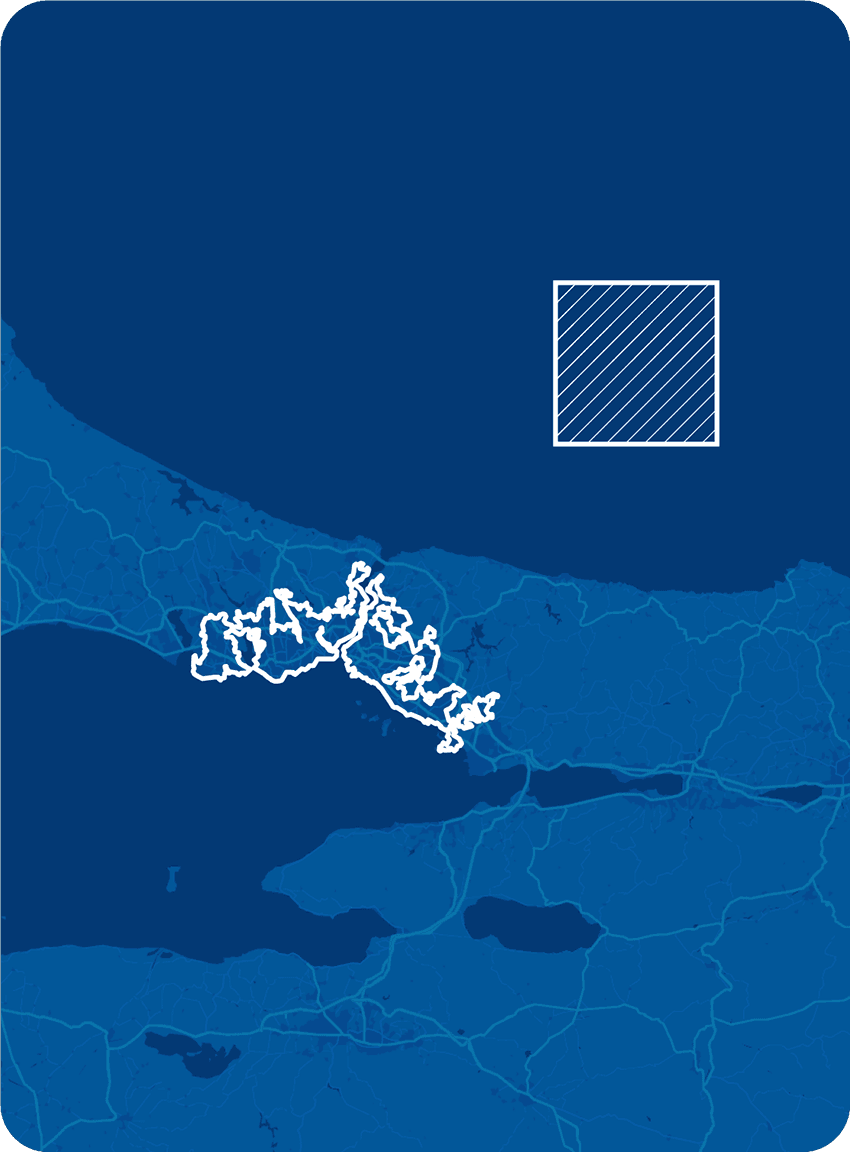
Sydney
Australia
10km
% of city area 106
offshore turbines needed 1,742
km2 of offshore turbines 1,793.7

London
United Kingdom
10km
% of city area 103
offshore turbines needed 1,569
km2 of offshore turbines 1,615.4

Bangkok
Thailand
10km
% of city area 83
offshore turbines needed 1,303
km2 of offshore turbines 1,341.2
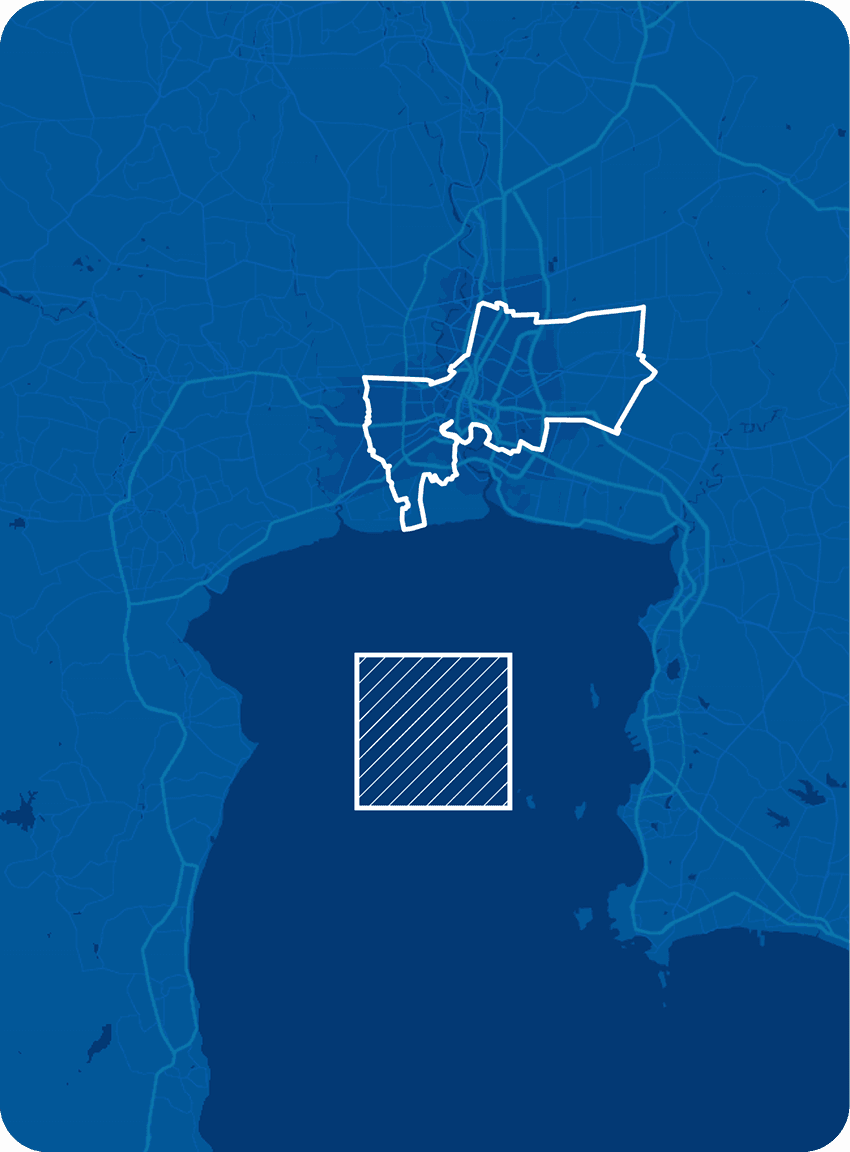
Sao Paulo
Brazil
10km
% of city area 73
offshore turbines needed 1,081
km2 of offshore turbines 1,112.6

Melbourne
Australia
10km
% of city area 63
offshore turbines needed 1,561
km2 of offshore turbines 1,607.2

Houston
United States
10km
% of city area 60
offshore turbines needed 947
km2 of offshore turbines 974.6

Mumbai
India
10km
% of city area 59
offshore turbines needed 346
km2 of offshore turbines 355.9

Shanghai
China
10km
% of city area 54
offshore turbines needed 3,304
km2 of offshore turbines 3,402.4
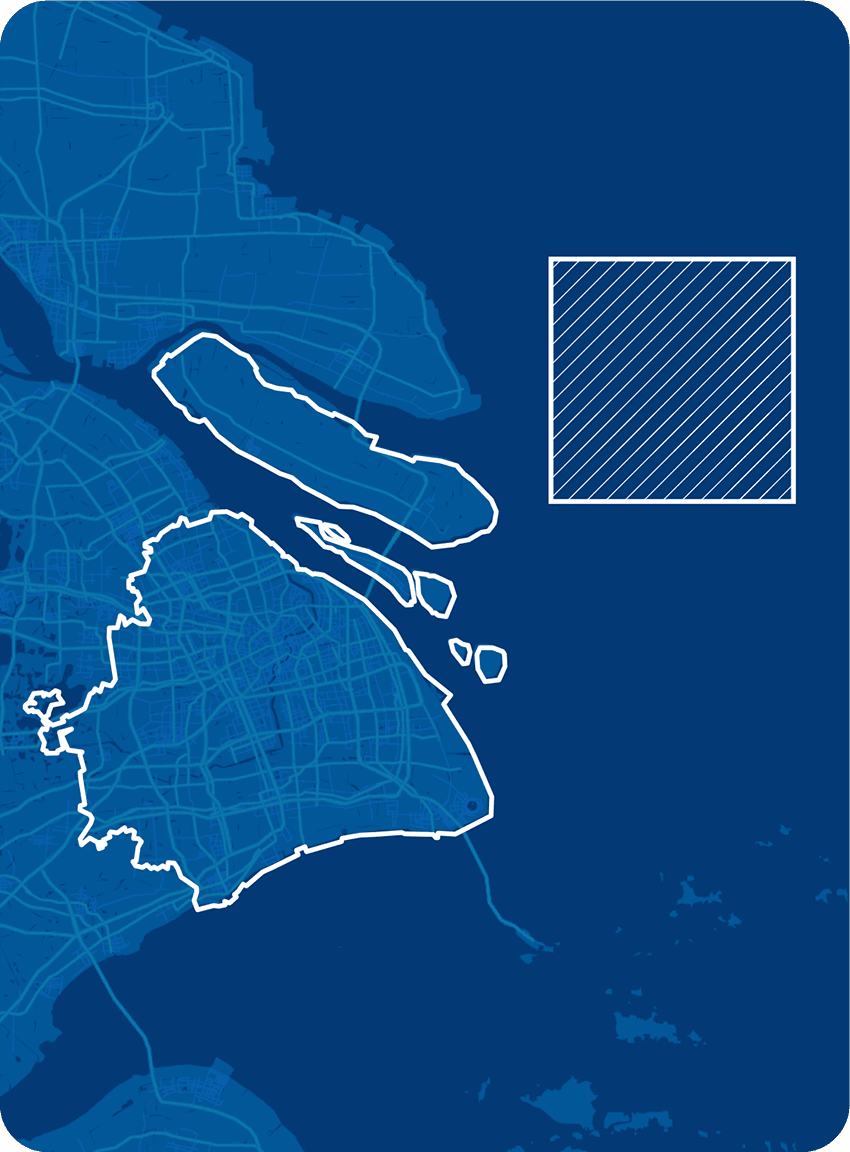
Rio de Janeiro
Brazil
10km
% of city area 47
offshore turbines needed 579
km2 of offshore turbines 596.0

Rome
Italy
10km
% of city area 40
offshore turbines needed 501
km2 of offshore turbines 514.8




